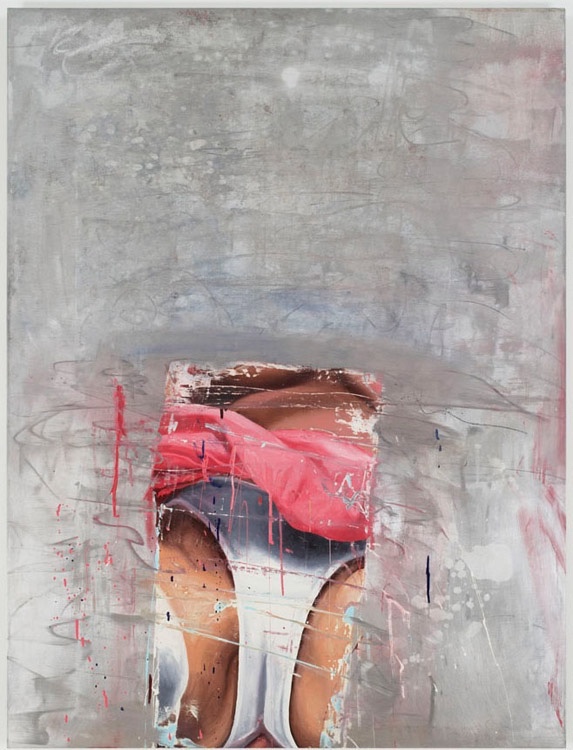YER ART SUX: London Frieze 2017’s “Sex Work: Feminist Art & Radical Politics”

This year’s London Frieze art festival included an exhibit called Sex Work, a retrospective on the first wave of feminist art. “Your Art (Probably) Sux!” cried sex workers, upon realizing that the only one of us formally involved was an anonymous porn actress’ cropped pussy lips in a photo.
But to be fair, we hadn’t even seen much of the show. So how have we gotten to this cynical place, where giving an artist the benefit of the doubt seems like a losing bet? Because when it comes to conversations about sociosexual mores, the deck is stacked against us and the house always wins. Sex workers have long been used as muses, metaphors, and props, sensually strewn throughout the art world’s most famous boudoirs but rarely recognized as cultural producers in their own right. When it comes to the era of radical feminism at the heart of Sex Work, a period of artistic fascination with (fetishization of?) prostitution, a time integral in the creation of a violent anti-prostitution feminist politic, the stakes seem life or death. Fool me once, you know?
For the record, I don’t think the art in Sex Work sux. Considering the recent death of Hugh Hefner, a misogynist whose myopic hetero vision of men, women, and sex shaped a generation, it is still somehow precious to see bodies represented through the eyes of anyone but straight cis men. Betty Tompkins’ black and white “Fuck Paintings” feel spectral, like catching a glimpse of her hazy vulvas through a steamy window. They were all too real, though, in 1973 when she had to order pornography from “the far east” to a secret mailbox in Canada, and then smuggle it across the American border. Marilyn Minter’s color-saturated orifices aren’t nearly as shocking as the idea that only a few years before I was born she was told by a gallery that women artists don’t sell and to come back in ten years—or never.
The historical context of these works can’t be overlooked. They herald from a time that is eerily recent, when an exhibit featuring only women artists like this one would be so transgressive a curator might lose a career over it, and where the best an artist could hope for in terms of positive reviews was a patronizing remark about a work’s alterity—its “feminine qualities. “I like this art and yet I still struggle to release the distrust lingering from a many-decades-long betrayal committed by the epoch in question. Because after all, there is a historical context for sex worker outrage, too.
[NSFW image after the cut]